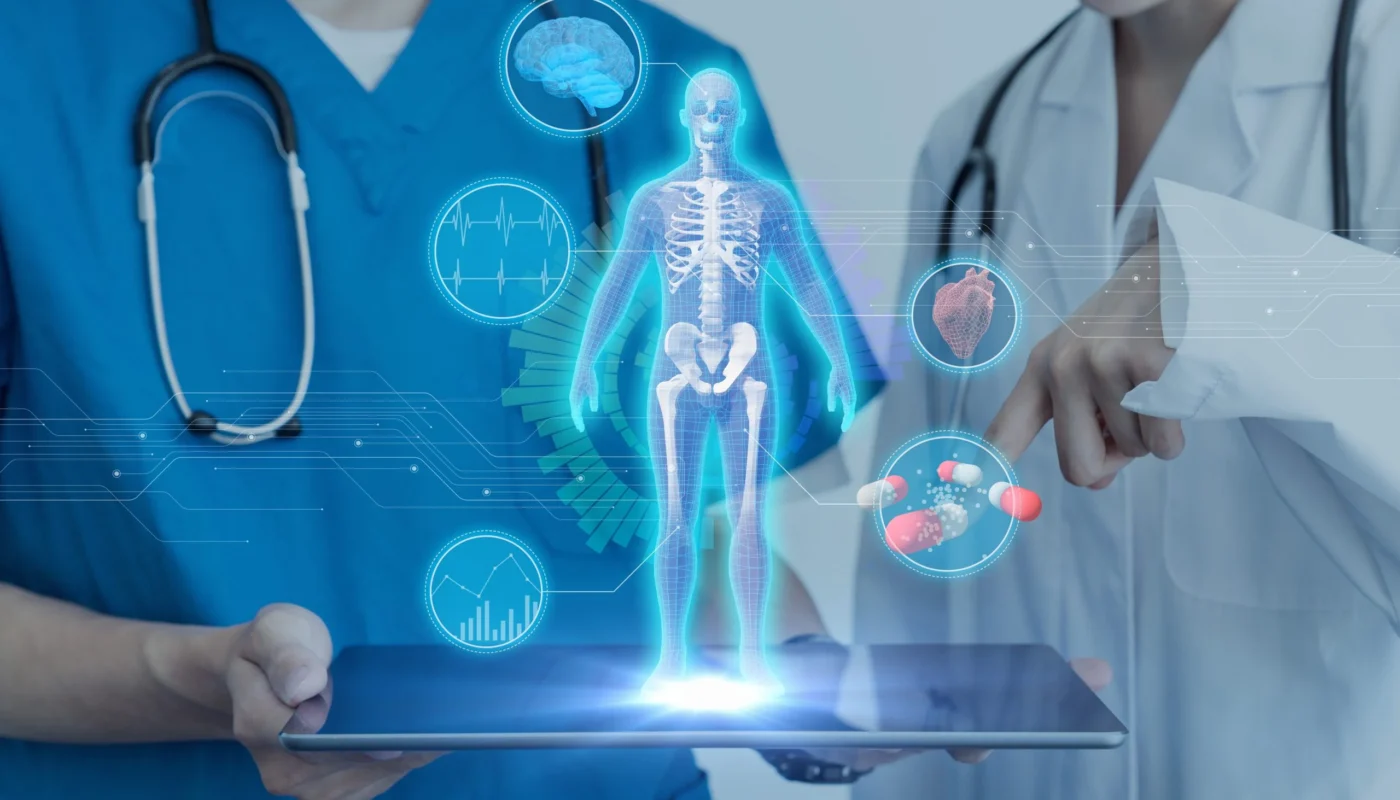The field of bio-imaging has seen tremendous strides in recent years. Advanced technologies are enabling new discoveries and improving patient care globally. This paper explores the growing impact of bio-imaging worldwide and how it is shaping the future of medicine.
Emergence of Novel Imaging Modalities
New Global Bio-imaging modalities have emerged that provide unprecedented views inside the human body. Microscopy techniques like confocal microscopy and two-photon microscopy allow high-resolution visualization of tissues and cells. Super-resolution techniques break the diffraction limit to image structures as small as single molecules. Novel contrast agents coupled with these techniques are revealing biological processes in ways not possible before.
Functional imaging modalities like positron emission tomography (PET), single-photon emission computed tomography (SPECT), magnetic resonance imaging (MRI), and optical imaging provide metabolic and functional information rather than just anatomical details. These tools are transforming our understanding of disease progression and treatment responses. Imaging genetics is combining advanced molecular imaging with genomics to study how gene variations influence disease susceptibility and outcomes.
Rising Adoption in Developing Regions
Technologies that were previously limited to research laboratories in developed nations are increasingly being adopted in middle-income and developing countries. Portable and low-cost imaging devices suitable for resource-constrained settings have been designed. Cell phones and other handheld devices are being utilized to perform imaging using affordable attachments. Solar-powered microscopes and low-dose digital X-ray machines are bringing diagnostic capabilities to remote areas.
National imaging centers and global partnerships are helping spread these technologies. For example, the Asia-Pacific Molecular Imaging Network (AMINE) works to advance molecular imaging research, training and clinical translation across the Asia-Pacific region. The Indian Institute of Science (IISc) established a Molecular Imaging Center to promote integrated research and training in areas like MRI, PET, SPECT, and optoacoustic imaging. Such initiatives are empowering scientists and physicians in emerging economies.
Improving Global Healthcare through Connectivity
Improved connectivity is allowing seamless sharing of imaging data and expertise across borders. ‘Tele-imaging’ services enable remote consultations, reporting, and referrals using digital Global Bio-imaging files transferred over networks. This provides access to sub-specialized opinion which may not be locally available, speeding up diagnosis and treatments. “Teleradiology” networks enable round-the-clock coverage for hospitals in different time-zones.
Global picture archiving and communication systems (PACS) and radiology information systems (RIS) connect imaging facilities across geographies. Consortiums are establishing large repositories of fully anonymized imaging data accessible to qualified researchers worldwide. Such data sharing accelerates the development of AI methods, often requiring large training datasets. International communities are developing common data formats, ontologies and informatics standards for unified management and analysis of multi-center data. Overall, connectivity technologies are vastly improving collaboration and radiological services delivery globally.
Bio-imaging is rapidly evolving to unveil new biological secrets and transform healthcare delivery around the world. Advanced modalities, targeted contrast agents, big data analytics, global connectivity, and collaborative partnerships promise to revolutionize disease diagnosis, management and drug development. Developing nations in particular stand to gain tremendously by leveraging these technologies. With continued innovation and efforts towards accessibility, the true potential of bio-imaging to impact human health on a global scale will be realized in the years to come.
*Note:
1. Source: Coherent Market Insights, Public sources, Desk research
2. We have leveraged AI tools to mine information and compile it



